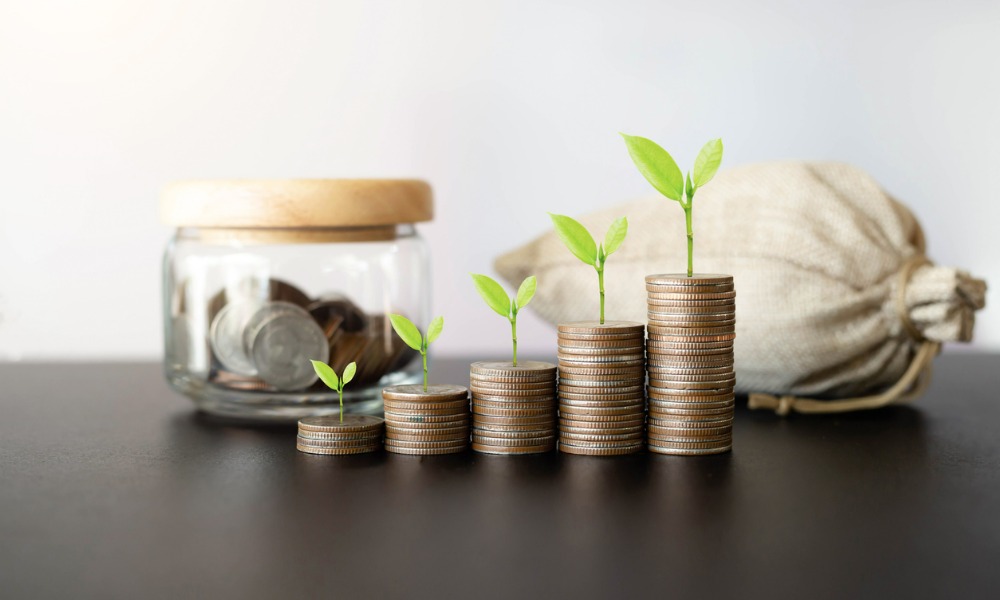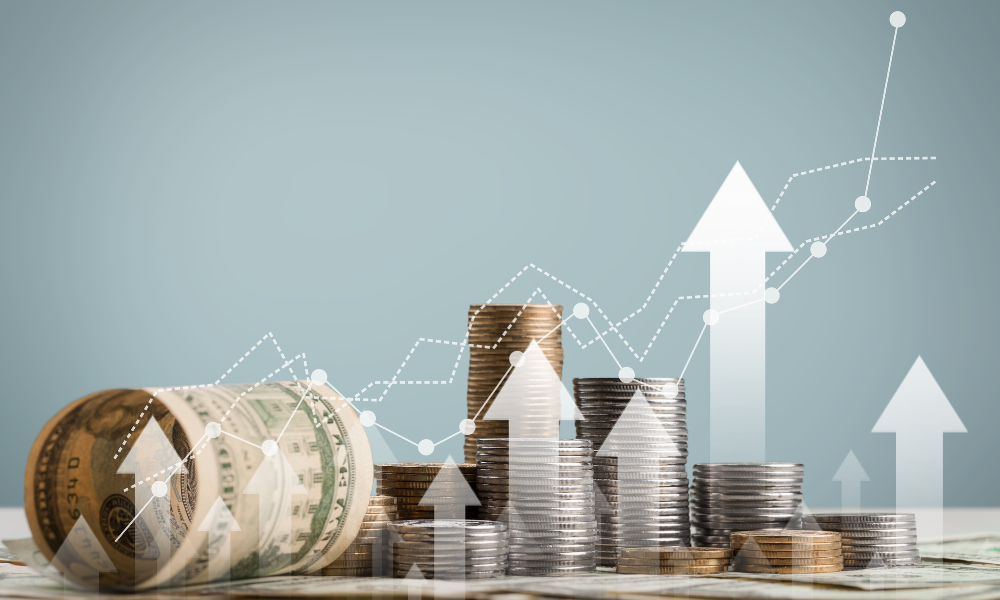Equity portfolio manager sounds caution on high dividends, explains where income seekers might find rising-rate protection

As countries around the world slowly and steadily mount their post-pandemic recovery, so are dividend-paying companies starting to reinstate their payments to shareholders. That could be cause for celebration among income-focused investors – though they must still be selective.
In a recent note from Capital Group, equity portfolio manager Joyce Gordon explained how the past 18 months have tested investment professionals’ ability to meet their clients’ needs.
“A great many of our investors need income from their investments, and we need many ideas to meet this challenge,” the 39-year industry veteran said.
During the COVID crisis, many dividend-paying sectors such as airlines, hotels, energy, and financials were forced to reduce or suspend their dividend payments. While some were fighting for survival, others found themselves subject to regulatory pressure. In the U.S. a total of 242 companies decided to reduce or hold off on dividend payments last year, nearly equal to the number of all companies that did so in the prior 11 years.
But dividend-issuing companies appear to be turning the page on the pandemic. By May 31 this year, 76 companies in the U.S. had reinstated their dividend payments, according to Capital Group. With that, Gordon said she is starting to see compelling opportunities to harvest value for investors.
“I look for companies that are yielding around 2.5% to 3.0%, and that are growing their dividends and earnings around 10% or 12% a year,” she said. “Today I am finding a number of companies that meet that criteria across a wide range of sectors and global markets.”
While investors may prefer more income, Gordon said the decision to invest should go beyond high yields. Companies that pay fat dividends may struggle to sustain them later on, she said, adding that a high dividend yield may also indicate that a company is a “melting ice cube” whose business is in decline and not being supported with reinvestment.
Dividend growth, she argued, is a better sign of health. Aside from suggesting a rigorous capital allocation process by management, she said growing dividends can help bolster portfolios against the future risk of interest rate hikes.



